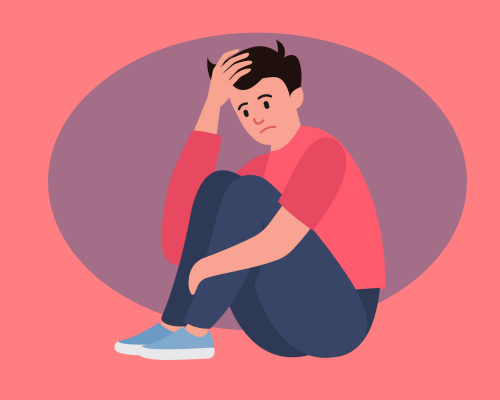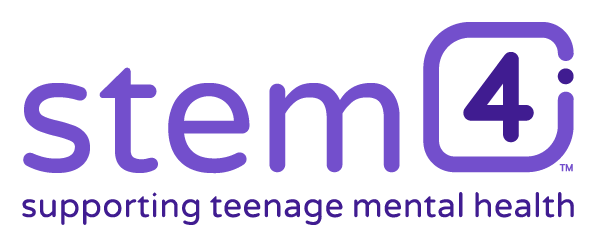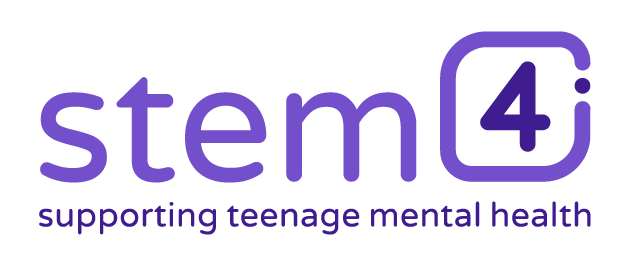Anxiety
FAQs

Anxiety is a biological reaction to threat or danger. It helps protect us. When anxiety becomes overwhelming and stops you from being able to get on with day to day activities and the threat is perceived as more dangerous than it is, then it is an anxiety disorder.
There are many signs of anxiety all consistent with our body’s response to fear. Physically some of these signs include heart racing, feeling faint, breathing changes, dry mouth, tenseness in muscles and stomach or bladder control changes.
There are many thought-based changes, some of which include difficulty paying attention and concentrating and fear-based, negative thoughts. Socially, people may stop doing the things they used to enjoy because they don’t feel comfortable about them anymore and they may start to avoid daily activities.
Social anxiety is a fear of being seen negatively by others often leading to not wanting to be in social groups. Social anxiety disorder is when an extreme fear of being judged, together with very low self-esteem means that people cannot join in social situations, avoid doing usually unfearful activities (e.g. eating, drinking) in front of people and experience acute panic symptoms when in social situations.
Often the term panic attack and anxiety attack are used interchangeably. However, they are not the same.
An anxiety attack is the experience of a built-up period of severe fear. This will involve experiencing a variety of fear symptoms such as racing heart, tightening of the chest, lightheadedness and hot and cold flushes. Thoughts may race and generally be fear-based.
A panic attack will have all of the symptoms above but will come on suddenly, be intense, often with difficulty breathing, chest pain, hyperventilation, a fear of going out of control and extreme agitation and panic. A person experiencing a panic attack may well believe they are going to die. Whilst most often people will experience a single panic attack or a few infrequently, a very small proportion of people might experience panic disorder when they experience more regular panic attack symptoms. Panic attacks respond very well to psychological treatment.
Obsessive Compulsive Disorder or OCD is a serious mental illness. The word is often misused with people referring to neatness and tidiness as having OCD. People who have a diagnosis of OCD experience unwanted, repetitive and unpleasant thoughts or images that are so distasteful or frightening that they then have to carry out a range of repetitive behaviours to somehow try and deal with these thoughts.
There are many causes of anxiety disorders including genetic factors, brain biochemistry, stress, health-related factors and the impact of certain experiences.
This is not to be confused with normal anxiety which is in itself is a positive emotion that alerts our body to danger in the face of something that can cause us harm, helping us to protect ourselves.
There are a number of questionnaires that screen for an anxiety or mood disorder. Whilst these should usually be diagnosed by a professional, ‘Moodzone’ on the NHS website has a quiz provided by GPs.
Yes, some people can experience more than one anxiety disorder, for example, someone who has a phobia may also experience panic attacks.
Anxiety disorders are very common. Around 1 in 8 children and young people have experienced an anxiety disorder
Stress is triggered by an existing ‘stressor’ or threat – for example, you may feel stressed before an exam.
Anxiety is stress that lasts longer and goes on after the cause of the stress has gone or keeps happening when the threat is no longer there or is not significant – for example, high levels of fear/anxiety a month after the exams.
In the short term, both stress and anxiety are beneficial since they prepare your body and thinking to achieve the best performance. However, if experienced severely over a period of time it can have a negative effect, leading to decreased performance, strained relationships, the triggering of poor physical health and potentially, low mood and/or depression.
There are many self-care techniques that are essential to managing anxiety. These include making sure you have sufficient sleep, have a regular and well-balanced diet, that you exercise/have some form of physical activity every day, take time to have breaks/rest, manage unhelpful coping strategies such as alcohol or drug misuse or other behavioural addictions such as excessive internet use, gaming and learn to identify the way in which anxiety affects your body.
Mild-moderate symptoms of anxiety will respond well to self-care. For moderate-severe symptoms, the most common treatment is called Cognitive Behavioural Therapy or CBT. However, there are a variety of other psychological treatments as well as medication that can help.
- Learn some breathing strategies and put them into practice as anxiety symptoms start
- Learn some quick release of tension strategies to stop the build-up of anxiety symptoms in your body. They are usually all quite discrete and can be done at school
- Note anxious thoughts and work on making change
- Walk to school or get some exercise or activity before you start – it will help you relax
- Arrange an easy way to take a break if anxiety gets too high at school (for example, a ‘take a break’ card system)
- Share how you feel
- Why not try the free Clear Fear app which has a range of strategies?
There are many different types of relaxation techniques and how you are as a person will also influence what works (for example, music might relax some people and make others tense!).
You might like to have a list of things you can do you find relaxing such as reading, having a shower, going for a walk, drawing etc. In addition, there are breathing techniques, muscle relaxing techniques, the use of visual imagery, body awareness methods, mindfulness and meditation techniques, martial arts techniques that all help.
Sometimes, the best relaxer is laughter so finding some things that make you laugh can help.
Why not try the Clear Fear app to learn some of these?
The ultimate goal is to help someone face their fear. This can be done by creating a safe environment which includes being reliable and helping deal with change, encouraging facing fears one step at a time, encouraging less reliance on reassurance provided by others and learning to self-reassure, learning how to help support someone who is having a panic attack, being positive – anxiety does respond very well to treatment.
Why not try the Clear Fear app which uses Cognitive Behavioural Therapy (CBT) principles?

